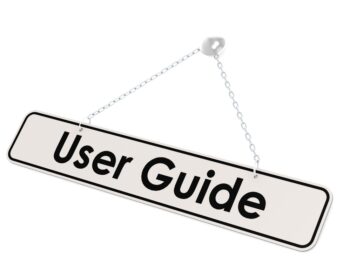Workers’ comp mediation and other alternative dispute resolution methods can be effective in the settlement of workers’ compensation cases. It also helps promote program efficiency that frees up funds set in reserve, which in turn can be used to settle other claims. Notwithstanding the benefits of using dispute resolution mechanisms, it is important for members of the claim management team and other interested stakeholders to prepare. Failure to do so can waste everyone’s time and energy.
Selecting the Right Mediator
In most jurisdictions, there are no specific requirements or training someone needs to have to serve as a mediator. The result is the parties to the workers’ comp mediation have the unfettered right to select the person to serve as the neutral. With this in mind, it is important to note every mediator brings a unique skill set to the table. This should include someone knowledgeable in a particular workers’ compensation act, and have a reputation for being able to cut through the smoke and mirrors of contentious litigation and get everyone to “YES!”
Click Link to Access Free PDF Download
“8 ‘Think Outside the Box’ Tactics to Settle Workers’ Comp Claims”
Preparing for a Successful Workers’ Comp Mediation
A mediator may often ask that parties submit a confidential mediation statement in advance. This document can serve as the framework for reaching a favorable settlement and avoid wasting time. Each mediator may have their own preference as to what is covered in the mediation statement. Common points that should be considered can include:
- An itemization of the benefits claims/defenses and potential recovery/exposure: The value of a workers’ compensation case is the starting point for settlement. This often includes calculations for the employee’s average weekly wage (AWW), exposure for various indemnity benefits (TTD, TPD, PPD, and PTD) and medical benefits. Other items to consider include the need for vocational rehabilitation services and the possibility of retraining. All parties should consider the strengths and weaknesses of defenses such as causation issues, the reasonableness/necessity of medical care.
- Expectations regarding a reasonable settlement range: The goal of mediating a case is to find common ground. This requires compromise on the part of the defense interests and injured employee. Attorneys, settlement consultants, and other interested stakeholders need to evaluate their cases and have an understanding as to where this case may settle. This will allow the mediator to work with all sides in reaching an agreement.
- The status of any prior negotiations, offers, and demands: Any settlement needs to start with a settlement demand. This information should be communicated by the employee or their attorney to the employer/insurer before mediation takes place. In the same regard, the defense interests should obtain reasonable settlement authority. A claim handler ideally will be physically present at the mediation and able to get additional authority if necessary.
- An honest assessment of your cases that includes its strengths and weaknesses: All parties needs to be honest about settlement and participate in good faith. Attending a mediation just to see how the other side views the case can be unproductive and delay settlement on other cases. A good mediator will challenge the parties if there is a sense they are not negotiating in good faith.
- Confirmation that all intervenors and/or interested parties have received proper notice. It is important that all interested medical providers, private insurance carriers, and government agencies such as Medicare or Medicaid be made aware of their potential right of recovery. This should be completed well in advance of settlement negotiations so they can provide all parties with an updated benefit resume.
Conclusions
Reaching a settlement on every case is not practical given the contentious nature of workers’ compensation litigation. Notwithstanding these barriers, all parties should consider workers’ comp mediation as a tool to resolve cases. It can also deliver the “win” all parties are looking for as they work hard in resolving disputes.

Contact: mstack@reduceyourworkerscomp.com.
Workers’ Comp Roundup Blog: https://blog.reduceyourworkerscomp.com/
©2019 Amaxx LLC. All rights reserved under International Copyright Law.
Do not use this information without independent verification. All state laws vary. You should consult with your insurance broker, attorney, or qualified professional.
















